This question seems to present itself around this time every year, between you and your hunting buddies. We try to analyze the buck to doe ratio on our properties and develop a management strategy for the season. At a high level, increased ratios in an area can lead to a few problems. The most prominent issue is food. A particular area can only support “X” amount of deer, so when food sources run thin, it leads to poor body conditions, erratic reproduction rates and hindered growth in bucks. Also, when food is limited, established “Matriarch Does” have been known to run bucks out of an area to guarantee sufficient amounts of food for their offspring. Lastly, an out of balance ratio sometimes creates a drawn-out trickle rut. This can cause over exhaustion in bucks, sometimes resulting in death, or stunting growth potential for the future years. While this will vary from property to property, and everyone doesn’t have the amount of land to implement such practices, I just wanted to share of few of my thoughts on the subject,
Bucks and Does are statistically born at a 1:1 ratio, so theoretically you should be seeing just as many bucks as does. Anyone who hunts knows that this is usually not the case, but that doesn’t mean this birth ratio is far off. Unless you are hunting/managing very large pieces of property, your herd is most likely spanning over multiple parcels, making this difficult to confirm with precision. This can present a few challenges when trying to manage, because we all know that the neighbors rarely have the same goals in mind, at least in my experience. Ideally, we would like to have all the neighboring hunters on the same page, but by at least having an idea of how they hunt, is a step in the right direction. If you are fortunate enough to have a close relationship with the hunters on the neighboring properties, you should collectively share information you gather from trail cameras and visual surveying. Don’t worry; you can still keep your 4.5-year-old “Booner” a secret. With this shared information, you can now gauge the ratios to the best of your abilities, and develop a management plan to implement. This also calls for open communication of what has been harvested throughout the season, ensuring there is not an over or under harvest to the agreed upon management goal. If you are not close with the neighbors, you should at least try to talk with them, without preaching your views, and gather what information you can on how they hunt or what their property is holding deer-wise. Even if they don’t hunt, they may be open to letting you survey their land for deer quantities. If you’re lucky, it may even land you access to some additional ground either for hunting or accessing your properties stand locations! Once you have gathered this crucial information you can go from there with your property’s individual goal.
Now that you have decided if and how many does should be taken, it is always better to do so early in the season, for a few reasons. First, the deer have not been subjected to the hunting pressure that they will likely be feeling later in the season, meaning they will be less skittish, will not be herded up together, and increase your odds of getting a shot. Secondly, you run less risk of shooting a button buck. As the season progresses, young bucks will grow to similar body size of a mature doe. There is no gut dropping feeling like walking up on what you thought was a doe kill, only to realize it has little nubs popping out of its head. When this occurs, you have not only missed contributing to the doe harvest goal; you have gone negatively against it. The kicker is, taking your does early will alter the ratio in a given area, and this can help increase/intensify rutting competition within that same season! Who doesn’t want that? Lastly, why not scratch that itchy trigger finger, dust off any cobwebs, and get some meat in the freezer to start the year? You would be surprised by how patient you can be waiting for “Mr. Big” after you’ve had a successful harvest and secured some tasty back straps!
I know these practices are nothing new, and some have probably heard something similar before. Just like anything, it never hurts to get a refresher, hear it from a different perspective or read something new that brings it all together. Hunting is something that we all love, so why not make it better? How many of us know what needs to be done, make a plan, then opening day gets here and it all goes out the window because we had 1 trail cam photo of a nice buck in September? I know I’ve been guilty of it in the past. Make your plan, stick to it, and get it done early – that is the best recommendation I can make. Before attempting, make sure you do your homework, know your local antlerless regulations, and determine if it’s applicable to the herd and your own hunting goals.
Thanks for reading and stay devoted!
– Pat Cross
Outdoor Devotion

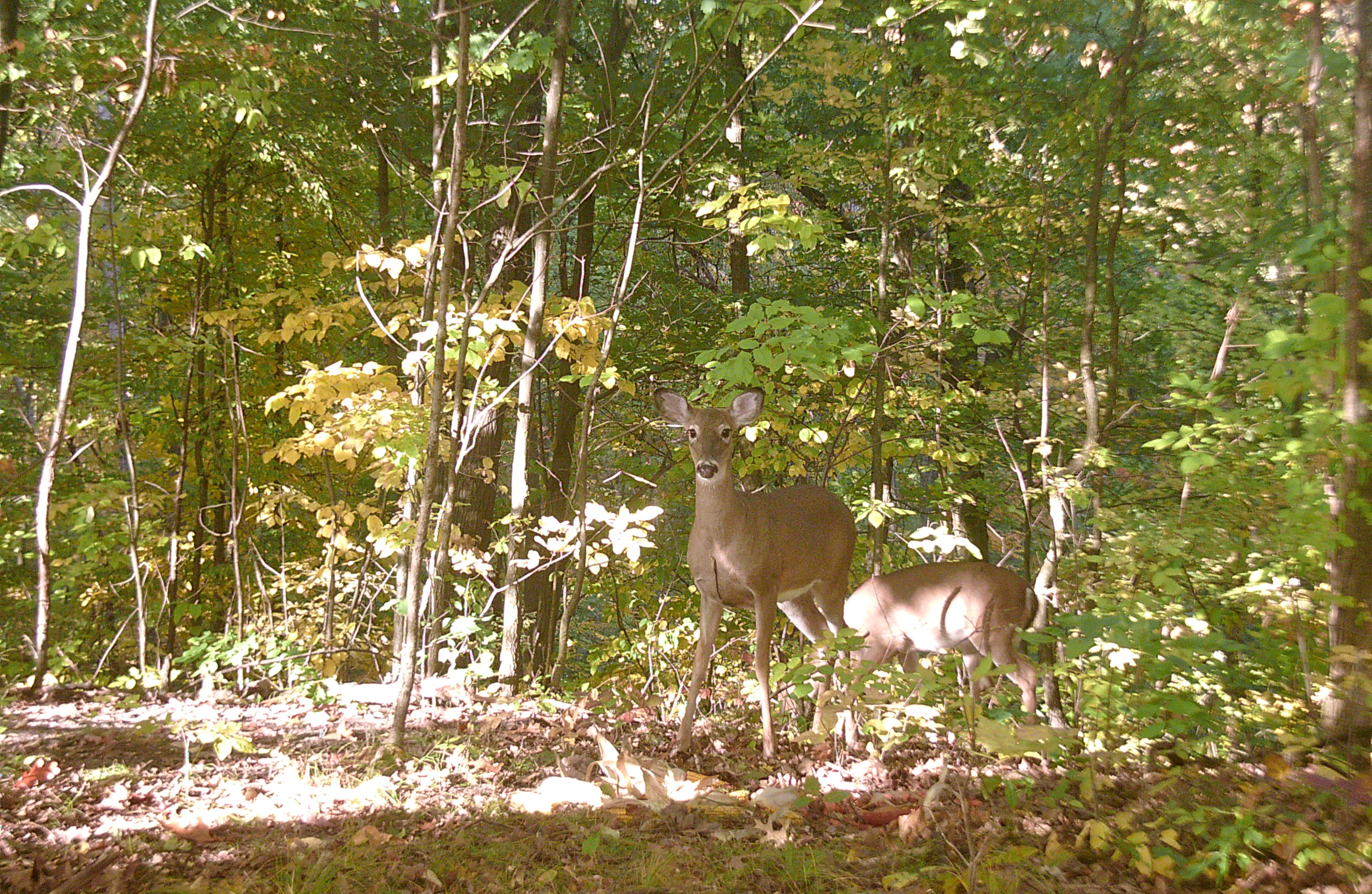
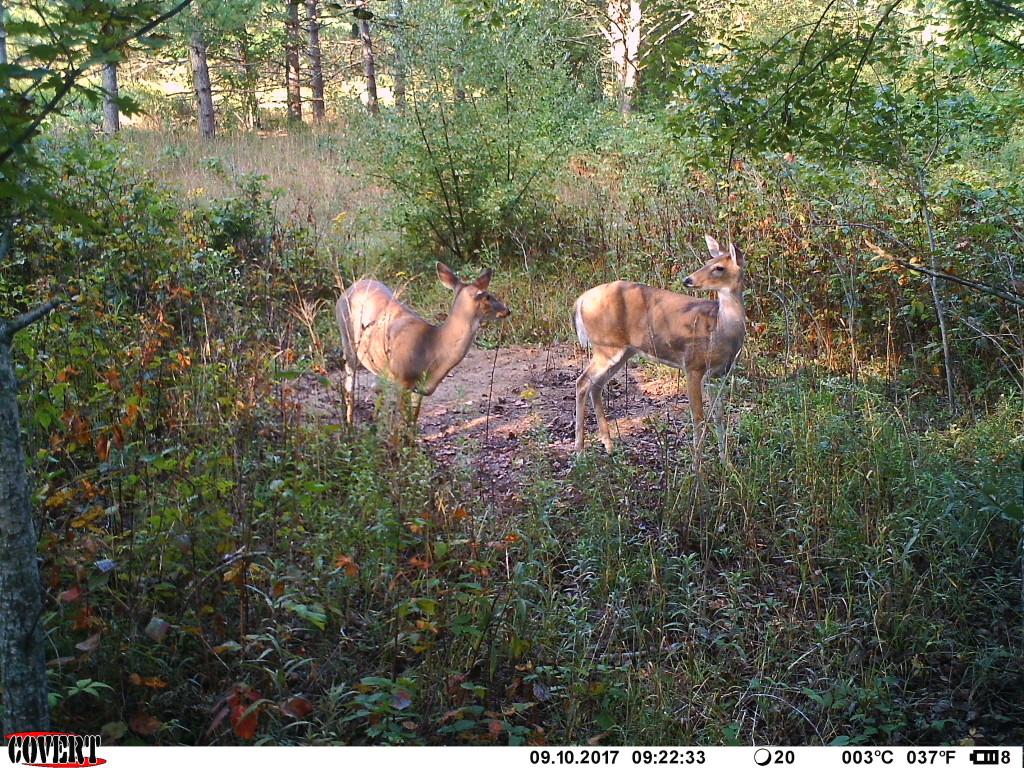
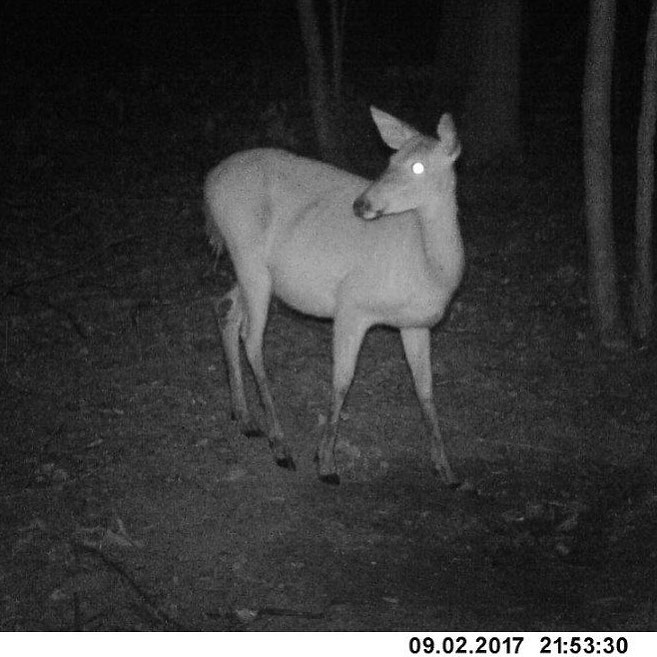



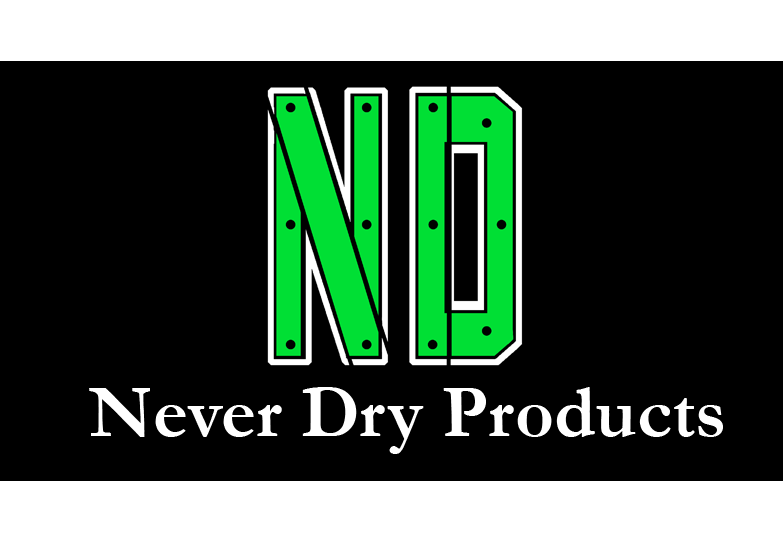
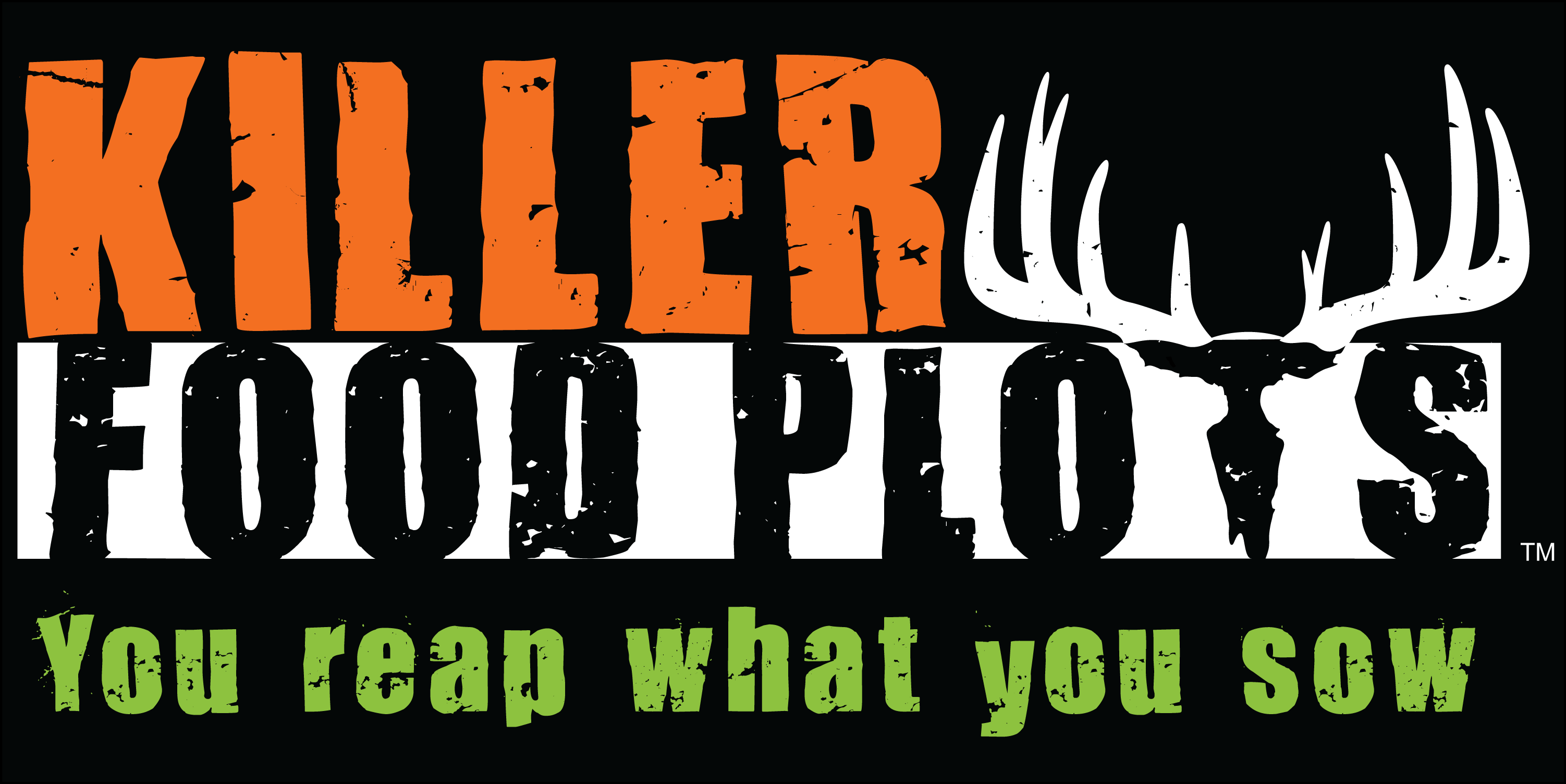

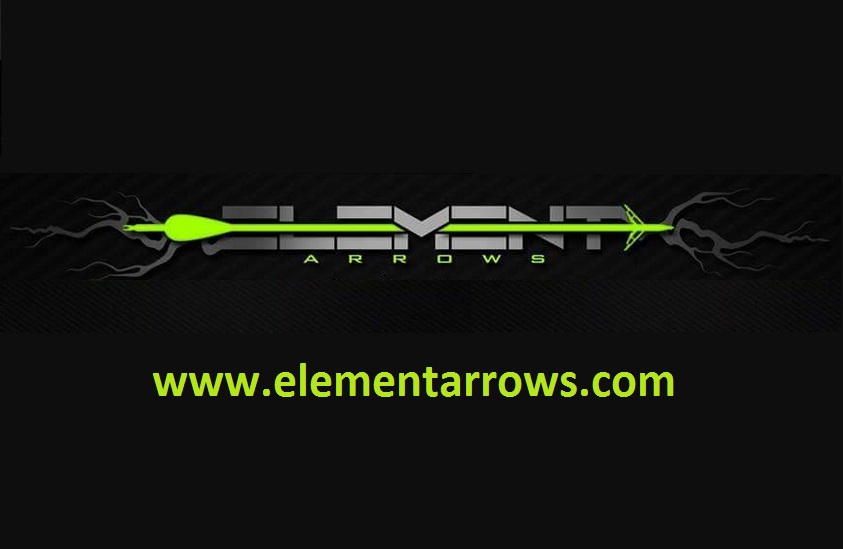

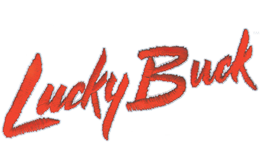
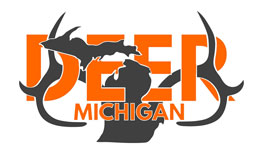


Leave A Comment